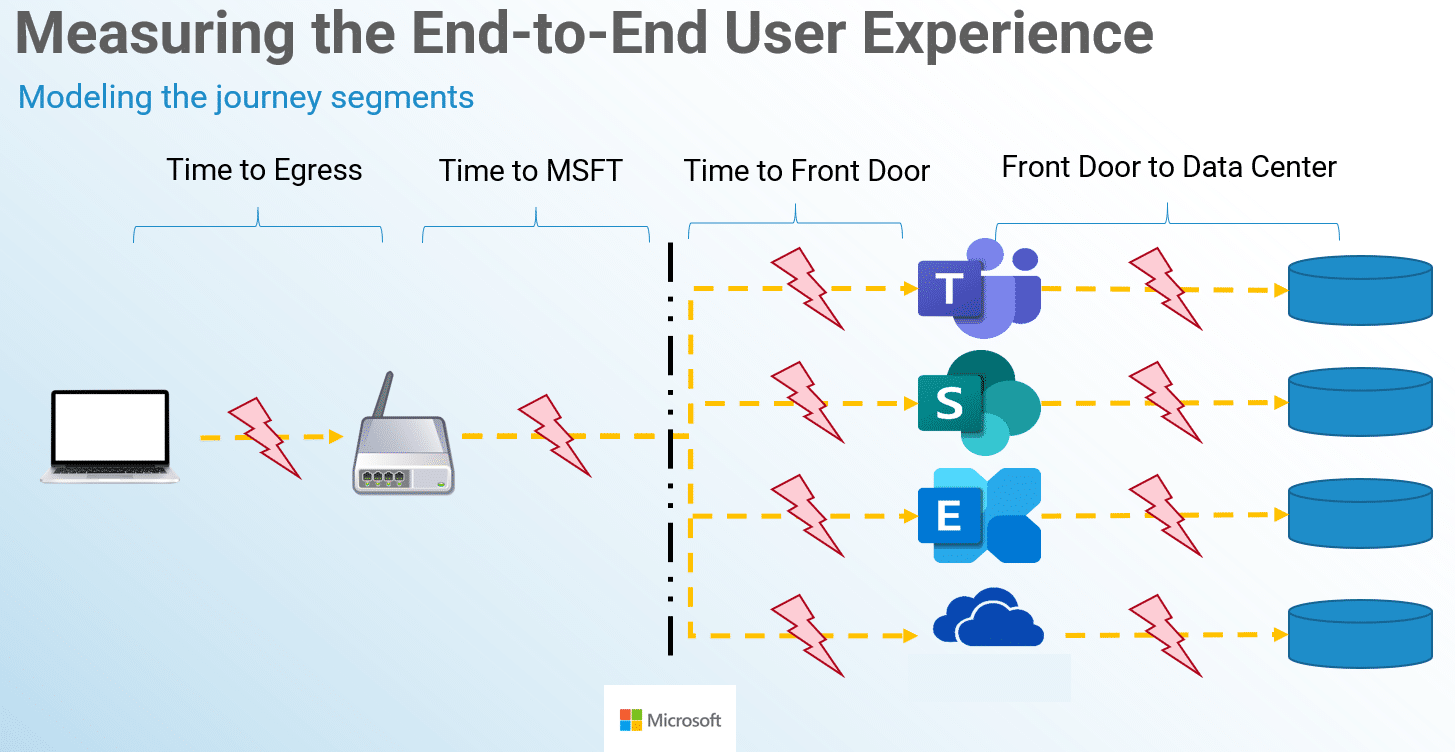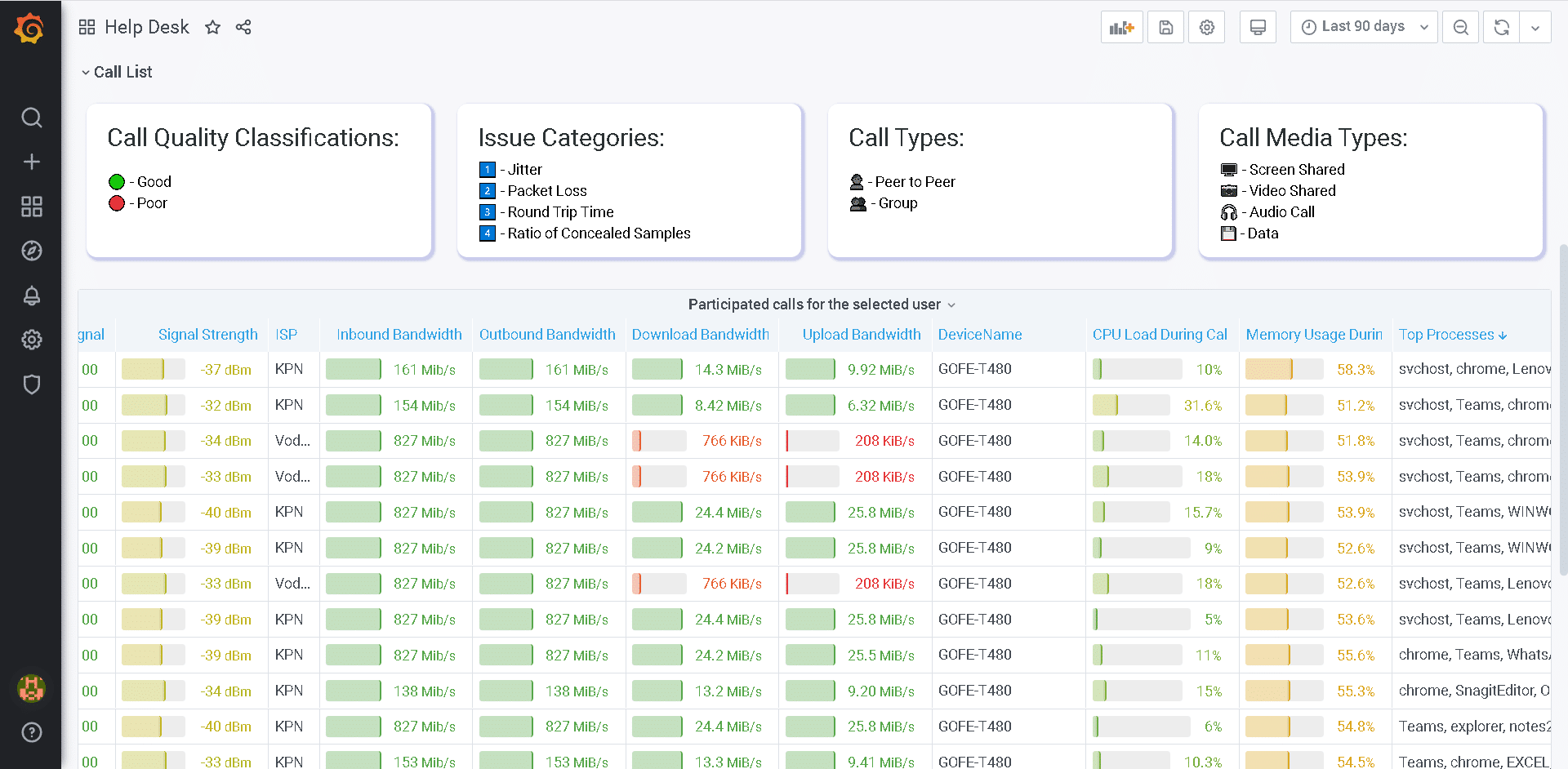The number of daily active users of Microsoft Teams has almost doubled in the past year. It increased from 75 million users in April 2020 to 145 million as of April 2021. Due to the impact of the COVID-19 outbreak and the growing practices of working from home, Microsoft has seen dramatic increases in the daily use of their communication and collaboration platform within a short period of time. And those users are leveraging the Microsoft Teams calling and meetings option regularly.
This has placed extra stress on IT support groups. They try to investigate and troubleshoot call quality issues reported by their end-users, especially when it comes to employees working from home. And according to recent research from Gartner, nearly half of US employees will continue to work remotely for at least some of the time post-pandemic.
These worries showed up recently in another Gartner study published in July of 2020, which reported Performance, Reliability, and Availability as the second biggest concern for enterprise organization moving to the Microsoft cloud.

Understanding Different Segments of the Voice/Video Journey
So, how can you effectively monitor and measure the true user experience for Microsoft Teams voice/video performance? To successfully research and troubleshoot the performance issues for Microsoft Teams call quality you need to see the complete picture; and see it in detail with all the color. Understand that there are four different sections, or zones, of the end-to-end journey through which voice/video traffic travel. Each of these require detailed monitoring and analysis to identify roadblocks causing call quality issues. They include the following:
- User endpoint performance (computer and headset)
- Networking connection to the Microsoft cloud (home/business office connectivity, and ISP)
- Microsoft cloud network (connectivity to Front Door)
- Microsoft data center performance

Single-Pane-of-Glass to View the Big Picture
Being able to monitor and track the entire journey for voice and video traffic requires visibility from the user endpoint perspective. There are many factors at play during the end-to-end journey. Unless you are measuring access from each user endpoint, you just don’t know what the cause for the bottlenecks may be.
A user may have an old cable modem at their home office. They may have an old computer with slow CPU and memory speeds. They may have too many background processes running on their computer. In most cases, bad performance and call quality issues are not caused by the Microsoft cloud. But you must have a toolset that provides visibility into each of the four segments that makeup the journey in order to see for sure.
To truly research the root cause of poor call quality you need to see the entire journey mapped together. You then can troubleshoot the issues effectively and find the smoking gun. That is why it is so important to gather user experience metrics from the source endpoints. Only when you have an integrated toolset that links the client-side system and device metrics to the performance analytics of the network segments do you have a full understanding of performance for cloud services like Teams voice.
What is Endpoint Performance Monitoring?
A new module available in OfficeExpert TrueDEM helps provide organizations the exact data analytics they need for full, end-to-end assessments of Teams voice performance. The solution is called Endpoint Performance Monitoring (EPM), and the name speaks for itself. If you would like to take a more proactive approach to monitoring and troubleshooting your Microsoft Teams call quality levels, then you need to start at the endpoint and see the complete picture including the following:
- Headset and audio device performance
- Computer speed and available memory
- Background processes and applications running
- Home networking speed
- Internet Service Provider (ISP) routing and performance
- Microsoft cloud network speeds
- Microsoft data center service performance and response time
How Endpoint Monitoring Helps
OfficeExpert TrueDEM EPM provides end-to-end visibility of the exact experience employees encounter in their daily work life with Teams voice, whether it’s for 1:1 calls or multi-user meetings with video. The solution enables you to proactively resolve end-user performance issues to improve their experience. You can quickly identify old, legacy computers that have been known to cause problems. Dashboards showcase which users have poor performance on their home networks, or slow ISP response times. By providing visibility into all the components involved in Teams call quality, OfficeExpert TrueDEM EPM helps organizations diagnose and quickly respond to user experience issues before they become chronic problems escalated to the helpdesk.
True experience monitoring for Teams call quality performance begins at each and every endpoint. End-user productivity relies on IT’s clear understanding of how the endpoint is performing and the ability to remedy issues in a timely fashion. By leveraging real-time and historic data about Teams call quality performance at global, local, and individual levels an organization can pinpoint, resolve, and often prevent disruptions to communications that affect productivity and employee morale. The five main benefits provided by OfficeExpert TrueDEM EPM include the following:
- Faster Root Cause Analysis and Troubleshooting for Call Quality Issues
- Proactive Remediation for Known Problems
- Optimize Employee Hardware and Home Network Provisioning
- Identify Underperforming ISP’s in Employee Locations
- Early Warning System for Microsoft 365 Availability Issues and Outages

Are you looking for an early warning system for Microsoft 365 outages?
Join Ben & Carl and be part of our live webinar on how to “Deploy an Early Warning System for Microsoft 365 Outages”.
Find out more about OfficeExpert TrueDEM EPM data analytics. It can help you troubleshoot call quality issues for your Teams deployment and maintain business productivity for your remote users.
Contact us or review our on-demand webinars.

